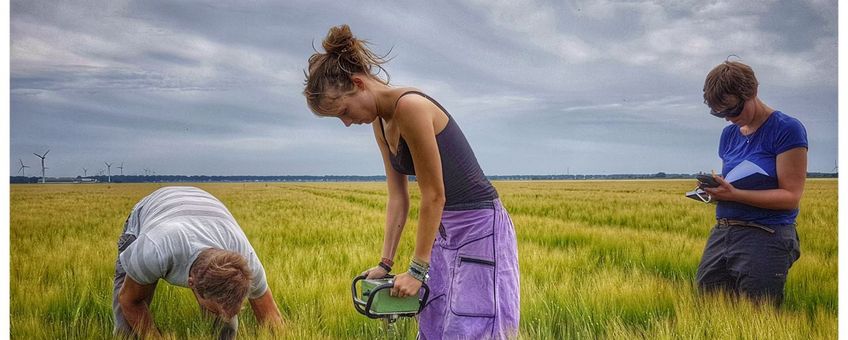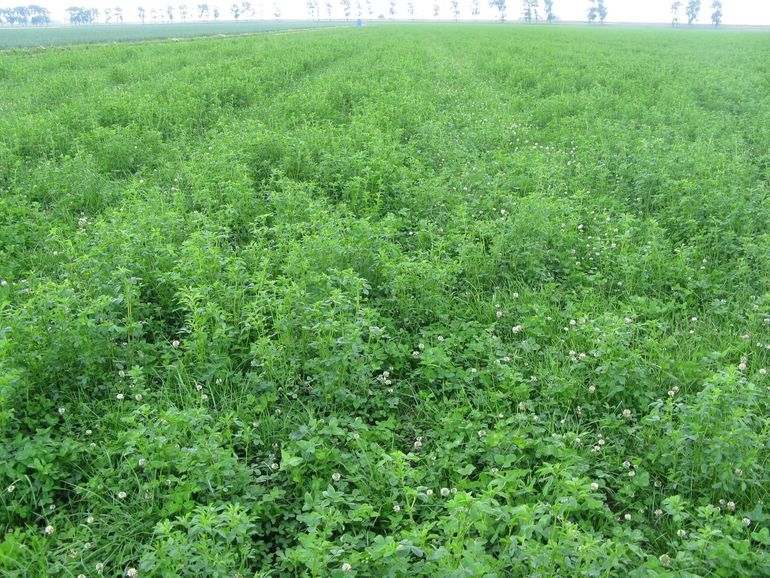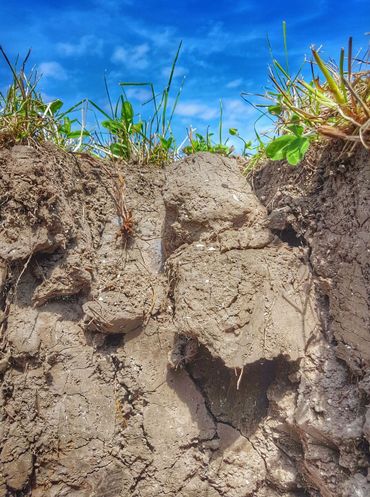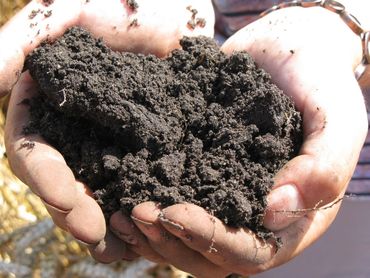
Less intensive works best for agricultural soil
Netherlands Institute of Ecology (NIOO-KNAW)These important insights for making agriculture more sustainable are published in the scientific journal Science today. ‘It offers clear clues that every farmer may use’, according to the authors.
Growing food more sustainably, what is the best way to do this? It is one of the big challenges: producing enough food without compromising the soil. After all, healthy soil has many functions – called multifunctionality – and for sustainable agriculture these must be preserved.
‘A multifunctional soil is essential for sustainable food production, because plants get their food from it’, state the researchers from NIOO, Wageningen University & Research and the German Universität Tübingen. ‘Soil also has indispensable roles in water storage, coping with climate change and disease suppression.’
Organic versus conventional
Research on farms across the Netherlands now shows that it is mainly the intensity of tillage that determines whether the soil can retain all its functions. Interestingly, the difference between conventional and organic farming has less influence. In both types of agricultural systems, a lot of variation is found in soil tillage and management.
‘The good news is that in conventional agriculture – which is the vast majority – there is a lot to gain’, states soil ecologist and NIOO professor Wim van der Putten. ‘On all farms, including organic ones, it is important at this point not to cultivate the soil too intensively. For example by ploughing less. Inverting the soil during ploughing is a very big disruption for soil life.’

More than just ploughing less
Not only less frequent ploughing but also making more use of mixtures of grasses and plants from the bean family, such as clovers, contributes to multifunctional healthy soil. You can alternate these with growing cereals such as wheat, barley, spelt and rye.
The research team took samples and carried out measurements at more than fifty Dutch agricultural farms on both clay and sandy soils. This was always done in pairs: a farm with conventional agriculture plus an organic neighbouring farm. The soil type and other conditions were then very similar. ‘That way, we could compare them like twins’, clarifies Guusje Koorneef. Together with Sophie van Rijssel, she conducted her PhD research on this topic.


Sustainable ánd productive
A wide array of soil properties was measured and farmers shared what farming practices they applied. The organic carbon present in the soil proved to be the best predictor of soil multifunctionality, and for ‘live indications’ this was the bacteria biomass. Koorneef adds: ‘We looked at both sandy and marine clay soils. These are two very different soil types in the Netherlands. And we see the same picture in both soil types.’
‘The popular term of sustainable intensification is contradictory to our results’, argues co-researcher Kyle Mason-Jones, now working at the Universität Tübingen. ‘More intensive soil management leads to reduction of soil functions and is thus less sustainable.’ Therefore, the researchers propose a new, appropriate goal. ‘Productive de-intensification. If it is successful, you will get more functions from a less intensively cultivated soil while retaining the crop yield as much as possible.’

Vital soil
These findings are the final result of the Vital Soils project. The project was subsidised by NWO Groen, coordinated by NIOO and carried out together with Wageningen University & Research. Besides the scientific partners, there were also several social partners involved: Eurofins Agro, BO Akkerbouw, Open Teelten (formerly PPO-agv) and LTO-Noord.
Previous research using satellite imagery, within the same project, measured the ‘greenness’ of crops in the field. This gives us an estimate of production levels. It showed that the degree of greenness (the crop yield) did not suffer from a decrease in management intensity. Interestingly, organic farming could return to being as productive as conventional farming about 17 years after the transition.

Promising
Back to the current research. ‘You don't necessarily have to have gone through the entire transition to organic farming to still have a positive impact on soil health’, says Koorneef. ‘I find it really promising that in both conventional and organic farms you can strengthen the functioning of the soil by working it less intensively.’
More information
Scientific article in Science: Conventional and organic farms with more intensive management have lower soil functionality
Text: NIOO-KNAW
Photo's: Ron de Goede, Wageningen University & Research; Guusje Koorneef, NIOO-KNAW; Sophie van Rijssel, NIOO-KNAW
